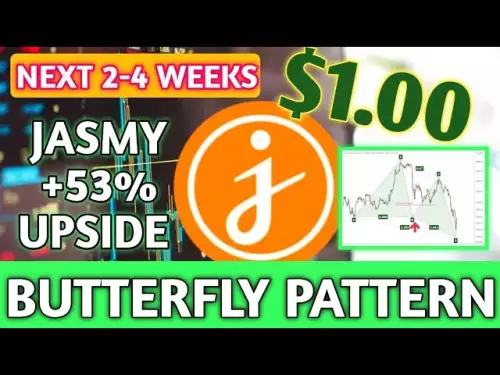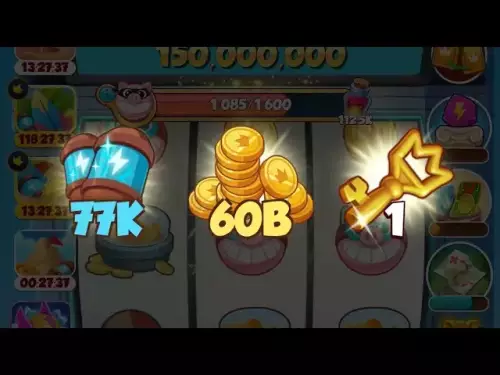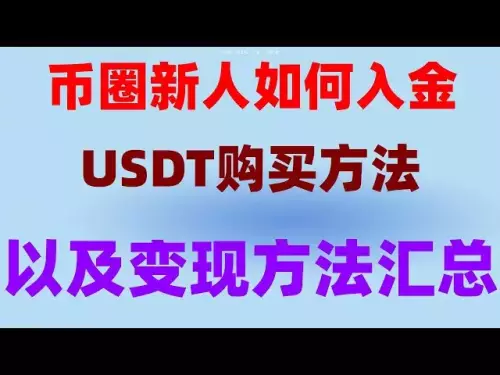-
 Bitcoin
Bitcoin $110300
-1.87% -
 Ethereum
Ethereum $4440
-5.77% -
 XRP
XRP $2.928
-2.35% -
 Tether USDt
Tether USDt $1.000
0.04% -
 BNB
BNB $846.6
-3.56% -
 Solana
Solana $189.5
-7.38% -
 USDC
USDC $0.9999
-0.01% -
 TRON
TRON $0.3451
-3.55% -
 Dogecoin
Dogecoin $0.2120
-6.80% -
 Cardano
Cardano $0.8440
-6.51% -
 Chainlink
Chainlink $23.36
-9.64% -
 Hyperliquid
Hyperliquid $45.37
-0.87% -
 Stellar
Stellar $0.3912
-2.88% -
 Ethena USDe
Ethena USDe $1.001
0.01% -
 Sui
Sui $3.427
-5.42% -
 Bitcoin Cash
Bitcoin Cash $541.9
-6.19% -
 Hedera
Hedera $0.2361
-3.53% -
 Avalanche
Avalanche $23.47
-6.78% -
 UNUS SED LEO
UNUS SED LEO $9.576
-0.13% -
 Litecoin
Litecoin $110.9
-4.17% -
 Toncoin
Toncoin $3.164
-3.92% -
 Shiba Inu
Shiba Inu $0.00001221
-4.42% -
 Uniswap
Uniswap $9.814
-8.21% -
 Polkadot
Polkadot $3.810
-5.78% -
 Cronos
Cronos $0.1600
0.16% -
 Dai
Dai $1.000
0.02% -
 Bitget Token
Bitget Token $4.507
-2.31% -
 Aave
Aave $332.1
-2.83% -
 Monero
Monero $265.5
-3.96% -
 Ethena
Ethena $0.6289
-6.04%
What does a flattening moving average suggest about a cryptocurrency's trend?
A flattening moving average in crypto signals slowing momentum, often hinting at consolidation—watch for volume changes and price action to confirm next moves. (154 characters)
Aug 04, 2025 at 08:08 pm
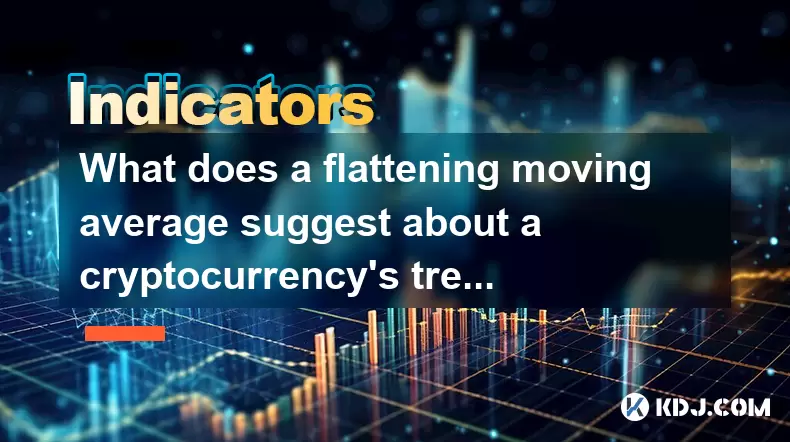
Understanding Moving Averages in Cryptocurrency Analysis
Moving averages are foundational tools in technical analysis, especially within the volatile world of cryptocurrency trading. These indicators smooth out price data over a specified period, helping traders identify the direction of a trend. The most commonly used types are the Simple Moving Average (SMA) and the Exponential Moving Average (EMA). When applied to cryptocurrency price charts, moving averages filter out short-term fluctuations, offering a clearer view of longer-term momentum. A flattening moving average occurs when the slope of the average line begins to level off, indicating a potential shift in market dynamics. This visual cue is critical for traders who rely on trend-following strategies.
What a Flattening Moving Average Signifies
A flattening moving average suggests that the rate of price change is slowing down. In a strong uptrend, the moving average typically slopes upward, reflecting consistent higher prices over time. Conversely, in a downtrend, it slopes downward. When the line begins to flatten, it implies that buying or selling pressure is diminishing. This could mean the market is entering a period of consolidation, where neither bulls nor bears are in control. For example, if the 50-day SMA of Bitcoin starts to flatten after a prolonged rise, it may signal that the upward momentum is stalling. This does not necessarily mean a reversal is imminent, but it does indicate a loss of directional strength.
Interpreting Flattening Across Timeframes
The significance of a flattening moving average can vary depending on the timeframe analyzed. On a daily chart, a flattening 200-day SMA might suggest a major trend pause, often watched closely by institutional investors. On a 4-hour chart, the same flattening in a 20-period EMA could indicate a short-term consolidation before the next move. Traders should assess multiple timeframes to confirm the signal. For instance:
- Check if the 100-period SMA on the weekly chart is also flattening
- Examine volume trends during the flattening phase
- Compare with other indicators like Relative Strength Index (RSI) or MACD
- Observe price action near key support or resistance levels
A flattening average on higher timeframes carries more weight than on lower ones, as it reflects broader market sentiment.
How to Respond When a Moving Average Flattens
When a moving average flattens, traders should adjust their strategies to account for potential uncertainty. One approach is to reduce position size or tighten stop-loss orders to manage risk. Another is to shift from trend-following to range-bound strategies. Here are actionable steps:
- Monitor price action closely for breakout or breakdown signals
- Use horizontal support and resistance levels to define entry and exit points
- Apply Bollinger Bands to detect volatility contraction
- Watch for candlestick patterns such as doji or spinning tops near the moving average
If the price begins to move sideways while the moving average flattens, it may form a trading range. In such cases, buying near support and selling near resistance becomes more effective than following the trend.
Combining Flattening MA with Volume Analysis
Volume plays a crucial role in validating the implications of a flattening moving average. Declining volume during a flattening phase often confirms a lull in market interest, reinforcing the idea of consolidation. Conversely, rising volume while the MA flattens could signal accumulation or distribution. To analyze this:
- Overlay a volume oscillator on the chart
- Look for divergences between price and volume
- Compare current volume levels to the 60-day average volume
- Identify if large candles appear during the flattening, indicating strong hands are active
For example, if Ethereum’s 30-day EMA flattens but volume spikes on up days, it may suggest smart money accumulation, even if the trend appears neutral.
Common Misinterpretations of a Flattening MA
Many traders mistakenly assume that a flattening moving average always precedes a reversal. This is not accurate. A flat MA can persist for extended periods during sideways markets without leading to a new trend. Another misconception is ignoring the context of prior price action. If a cryptocurrency has experienced a sharp rally, a flattening MA is more likely to indicate exhaustion. However, after a prolonged downtrend, a flat MA might reflect stabilization rather than weakness. Traders should avoid making decisions based solely on the shape of the moving average. Instead, they must integrate it with:
- Market structure analysis
- Order book depth (for exchange-based trading)
- On-chain metrics like exchange outflows
- Sentiment indicators such as fear and greed index
Setting Up Alerts for Flattening MAs
To stay ahead of potential trend changes, traders can set up technical alerts. Most trading platforms allow custom alerts based on moving average behavior. Here’s how to configure one:
- Open your charting platform (e.g., TradingView or Coinigy)
- Apply the desired moving average (e.g., SMA 50)
- Use the “Add Alert” function
- Set the condition to trigger when the slope of the MA is within ±0.5%
- Choose notification method (email, SMS, or pop-up)
- Test the alert with historical data to verify accuracy
Some advanced platforms support scripting. For example, in Pine Script, you can write a condition like:
ma = sma(close, 50)
slope = (ma - ma[1]) / ma[1] * 100
flattening = abs(slope) < 0.1This detects when the 50-period SMA changes by less than 0.1%, signaling a flat phase.
Frequently Asked Questions
Does a flattening moving average always lead to a price reversal?
No, a flattening moving average does not guarantee a reversal. It often indicates a pause in trend momentum or consolidation. The price may resume the prior trend after the flat phase. Confirmation from price action or other indicators is necessary before assuming a reversal.
Can multiple moving averages flatten at the same time?
Yes, when both short-term (e.g., 20-period) and long-term (e.g., 200-period) moving averages flatten simultaneously, it suggests a broader market equilibrium. This is common before major breakouts, especially after extended trends.
Is a flattening EMA different from a flattening SMA?
While both indicate slowing momentum, the EMA reacts faster to recent price changes due to its weighting. A flattening EMA may appear earlier than an SMA, offering an earlier signal. However, it can also produce more false signals during choppy markets.
How long should a moving average remain flat before it’s significant?
There is no fixed duration, but a flat MA lasting at least 5–7 candlesticks is generally considered meaningful. Shorter flat phases may just be noise. The significance increases if accompanied by declining volume and tight price ranges.
Disclaimer:info@kdj.com
The information provided is not trading advice. kdj.com does not assume any responsibility for any investments made based on the information provided in this article. Cryptocurrencies are highly volatile and it is highly recommended that you invest with caution after thorough research!
If you believe that the content used on this website infringes your copyright, please contact us immediately (info@kdj.com) and we will delete it promptly.
- Hong Kong Stablecoin Regulations: A New Era for Crypto?
- 2025-08-26 12:50:12
- Blockchain, Crypto, and Finance: Navigating the 2025 Bull Run
- 2025-08-26 13:05:13
- Bukedea School: From Local Hopefuls to East African Football & Beach Volleyball Champs
- 2025-08-26 13:05:13
- Scaramucci, Bitcoin, and a Touch of Romeo & Juliet: A Modern Crypto Romance?
- 2025-08-26 13:25:13
- USDC, USDT, and the Stablecoin Market: A 2025 Overview
- 2025-08-26 13:25:13
- Bitcoin, Holdings, Strategy: Decoding Strategy's Bold Play
- 2025-08-26 13:45:13
Related knowledge
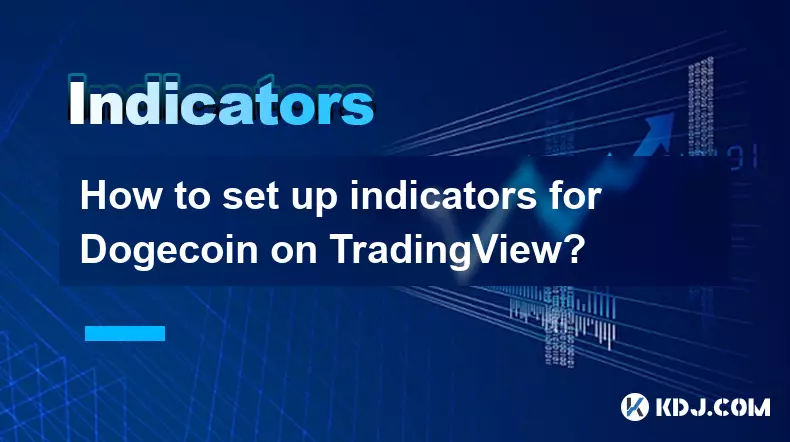
How to set up indicators for Dogecoin on TradingView?
Aug 25,2025 at 04:23pm
Understanding Dogecoin and TradingView1. Dogecoin, initially created as a meme-based cryptocurrency, has evolved into a widely traded digital asset. I...

What does it mean when the +DI and -DI cross frequently in the DMI indicator but the ADX is flattening?
Aug 11,2025 at 03:15am
Understanding the DMI Indicator ComponentsThe Directional Movement Index (DMI) is a technical analysis tool composed of three lines: the +DI (Positive...

What does the sudden appearance of a "dark cloud cover" candlestick pattern during an uptrend indicate?
Aug 13,2025 at 11:35am
Understanding the 'Dark Cloud Cover' Candlestick PatternThe dark cloud cover is a bearish reversal pattern in technical analysis that typically appear...

What does it mean when the moving average, MACD, and RSI all send buy signals simultaneously?
Aug 11,2025 at 01:42pm
Understanding the Convergence of Technical IndicatorsWhen the moving average, MACD, and RSI all generate buy signals at the same time, traders interpr...

What does it mean when both the KDJ indicator and the RSI show overbought signals simultaneously?
Aug 13,2025 at 11:35am
Understanding the KDJ Indicator in Cryptocurrency TradingThe KDJ indicator is a momentum oscillator derived from the Stochastic Oscillator, widely use...

What does it mean when the price is trading above the SAR indicator but the red dots are densely packed?
Aug 09,2025 at 11:49pm
Understanding the SAR Indicator and Its Visual SignalsThe SAR (Parabolic Stop and Reverse) indicator is a technical analysis tool used primarily to de...

How to set up indicators for Dogecoin on TradingView?
Aug 25,2025 at 04:23pm
Understanding Dogecoin and TradingView1. Dogecoin, initially created as a meme-based cryptocurrency, has evolved into a widely traded digital asset. I...

What does it mean when the +DI and -DI cross frequently in the DMI indicator but the ADX is flattening?
Aug 11,2025 at 03:15am
Understanding the DMI Indicator ComponentsThe Directional Movement Index (DMI) is a technical analysis tool composed of three lines: the +DI (Positive...

What does the sudden appearance of a "dark cloud cover" candlestick pattern during an uptrend indicate?
Aug 13,2025 at 11:35am
Understanding the 'Dark Cloud Cover' Candlestick PatternThe dark cloud cover is a bearish reversal pattern in technical analysis that typically appear...

What does it mean when the moving average, MACD, and RSI all send buy signals simultaneously?
Aug 11,2025 at 01:42pm
Understanding the Convergence of Technical IndicatorsWhen the moving average, MACD, and RSI all generate buy signals at the same time, traders interpr...

What does it mean when both the KDJ indicator and the RSI show overbought signals simultaneously?
Aug 13,2025 at 11:35am
Understanding the KDJ Indicator in Cryptocurrency TradingThe KDJ indicator is a momentum oscillator derived from the Stochastic Oscillator, widely use...

What does it mean when the price is trading above the SAR indicator but the red dots are densely packed?
Aug 09,2025 at 11:49pm
Understanding the SAR Indicator and Its Visual SignalsThe SAR (Parabolic Stop and Reverse) indicator is a technical analysis tool used primarily to de...
See all articles





















